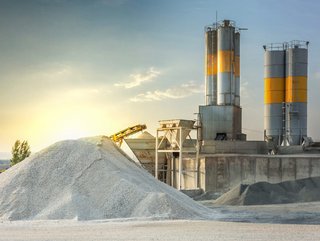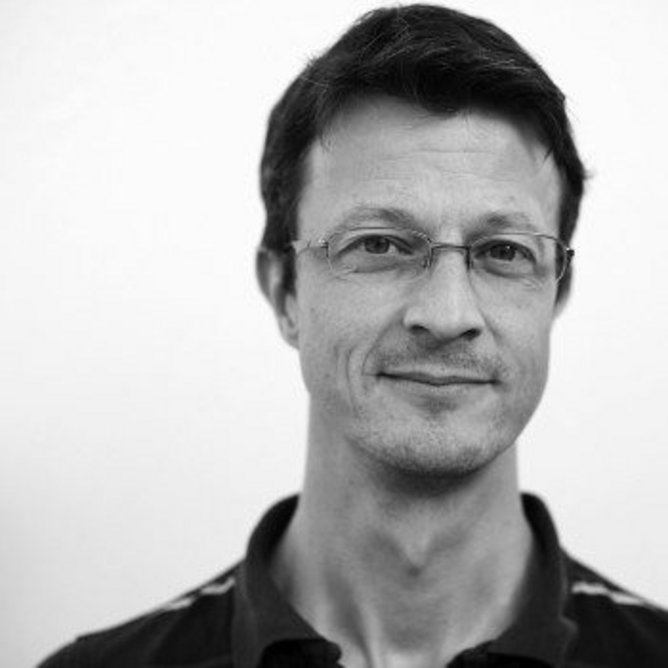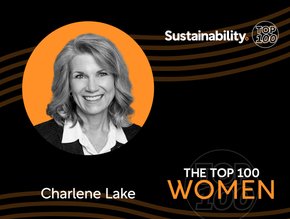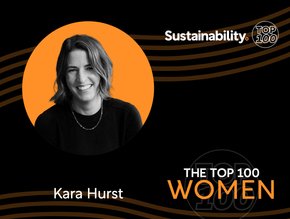Cement carbon dioxide emissions have doubled in 20 years

Making cement requires the use of long rotating kilns which are heated to around 1,500°C. The chemical process which turns the raw materials of limestone and clay into cement releases high levels of carbon dioxide.
In 2002, cement emissions from making cement for buildings, roads and other infrastructure accounted for 1.4 billion tons (1.2 billion metric tons) of carbon dioxide. Now, a report by emissions scientist Robbie Andrew of Norway’s CICERO Center for International Climate Research and the Global Carbon Project, has found that by 2021 this figure had more than doubled, rising to 2.9 billion tonnes and accounting for more than 7% of all global emissions.
Separate findings from the International Energy Agency reveal that with a steep increase in production in China, the global cement sector’s CO2 emissions have actually more than tripled in the 30 years since 1992, recently increasing by 2.6% a year. This is partly because more cement is being made and partly because the CO2 intensity of production has also risen by 9.2% per tonne with China again a dominant factor.
Many companies are doing what they can to counter the impact of cement production on the environment. As members of the Global Cement and Concrete Association, Cemex for example is prioritising five of the UN’s Sustainable Development Goals.
Ecocem – supported by Breakthrough Energy Ventures – opened an innovation centre to accelerate decarbonisation in the cement and construction industries last year.
The dedicated centre, known as the Centre of Excellence, is enabling Ecocem’s innovation team to focus on testing, evaluating, and improving its new low carbon solutions which reduce the carbon footprint of the traditional cement manufacturing process by half.
Ecocem has always been a first mover. For more than two decades, the company has led the development of cement which emits just 200kg of CO2 per tonne, compared to the more than 600kg of traditional cement. It currently provides the lowest carbon cement ever used in Europe at scale, reducing the CO2 footprint by over a factor of eight.
Located in France’s largest research cluster, the Centre’s opening followed recent backing of Ecocem from Breakthrough Energy Ventures – a coalition of private investors led by Bill Gates, supporting innovations that will lead the world to net zero emissions.
About Robbie Andrew

Robbie Andrew is a senior researcher in the Climate Mitigation group. His current focus is on reducing uncertainty in global and national emissions estimates and explaining their trends.
Over the years he has used a range of analytical tools, including multi-regional input–output analysis, life-cycle assessment, and general equilibrium models.
While his work to date has been largely quantitative, he has a particular interest in the sociological aspects of consumer behaviour, the relationships between economic agents, and the politics of the environment.
Prior to working at CICERO, Robbie worked at Landcare Research in New Zealand for 14 years.
About the International Energy Agency
The IEA is committed to shaping a secure and sustainable energy future for all. Its work spans a variety of programmes and initiatives, helping ensure energy security, tracking clean energy transitions, collecting data, or providing training around the world
About Cemex
Cemex is a company focused on creating sustainable value by providing industry-leading products and solutions to satisfy the construction needs of customers around the world. "We strive to make the future better for our customers, our shareholders, and our communities by becoming the world's most efficient and innovative building materials company,” it says.
About Ecocem
Established in Dublin in 2003, Ecocem Ireland Ltd is an Irish company specialising in the manufacturing of high performance cements, "featuring the best available technology for environmental performance" it says.






